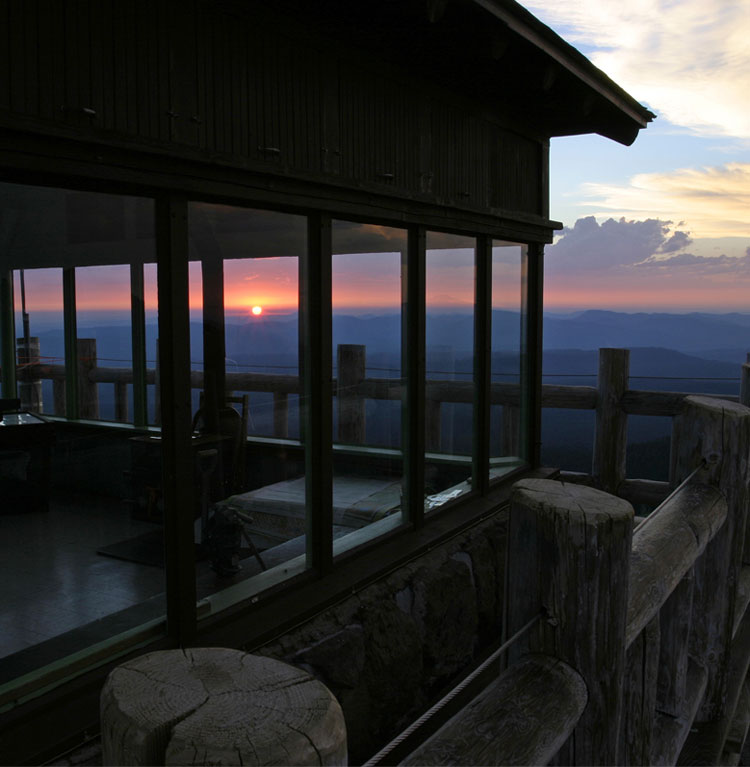The crisp mountain air, an invigorating fragrance of flowers, and the freshness of a forest – sounds like a perfect vacation somewhere away in nature, but there are some people for whom these wonders are simply part of their everyday routine work. What does life look like for those people whose job it is to spend time out in the fields, among tress, and within breath-taking vistas – and what doe this do their mental being?
Something strange has happened to us all regarding nature. It has become an unnatural part of who we are. When we talk of something that is “natural”, we usually mean to say it is something that has remained in its ultimate, original, and healthy state. It’s the default of things, as they are. But if we look closer at our day-to-day routine, we’ll see that it is this routine that has become our default, which is not at all in any way close to anything in its original or ultimate state, nor is it always healthy. While people today spend their lives in an urban setting, around the office space or in an industrialized zone, being out in nature has become the exception for most of us, and happens only when we stray away from our regular routine.
But that’s not the case for everyone. There are still some side-line professions in which work is done necessarily out in nature. Three fascinating examples of people who occupy such roles, have exposed the effects that the daily interaction with nature has on life. The work that each of them does – a forest fire lookout in Montana, perfume rose pickers in Provence, and a tree climber in California – is remarkably different: their activities, pace, and goals are not at all the same. But their meditative state of being – which in a city would demand an effort – blooms forth in nature.
1. An isolated fire-lookout hut, on a hilltop overlooking a wilderness of mountains and forests
In 1994 Leif Haugen joined a friend on a special mission: he spent an entire summer with him in an isolated hut on top of a hill, right in the heart of a forest in Montana. Their job was to watch their surroundings throughout the day, on the lookout for fires. Haugen was so personally taken by the experience, he has never missed a summer there since, serving as a fire lookout.
Sometimes, weeks go by without any human contact. “It’s a pretty quiet existence,” Haugen says, “It is really just you and the wind, and the time just melts away”. His daily routine is run by nature. He wakes up at daybreak, with the sun’s earliest rays shining through the hut’s windows, makes coffee, and sits outside on the deck to watch it rise. He then takes a walk in the forest, and the rest of the day is free. Excepts for regular radio check-ins he must do twice a day, Haugen has no other tasks, and “that might be the only time I really talk, unless I’m talking to myself”. The work he does is just to be there and watch the view. As he explains, this creates a very direct experience of reality, with nothing mediating between you and nature in its very being. “You just find yourself sitting on the porch watching the world go by for hours on end, it’s beautiful”.
2. The hypnotic fragrance of the Provence rose beds
Provence, in the South of France, is renowned for its lavender fields. But these are not the only perfume flowers that grow there. That’s also where, every year in May, a flower called Rose de Mai blooms for only one month. Early in the morning, when the buds first open, the people who are responsible for collecting these flowers arrive. Their relationship with the flower borders on the romantic.
“I think of roses mostly at night”, says one of them. “I see a field of roses with buds that are not yet open”. Others talk of the actual harvesting experience: “When it’s quiet, all you hear is ‘tick, tick, tick’ [the sound of the flowers being severed from the stem]. The sound leads you into meditation”. The workers who pick the flowers for making perfume, see their job as giving the flower a second life. “They are leaving their carnal body, and are floating in the air”.
3. Climbing to the highest tree canopy in the world
In the early 90s, Tim Kovar embarked on his career as an arborist, what he calls a “tree doctor”. In this role, he had to climb up trees, a profession that has since led him to open a school for climbing trees. He sends small teams up to the beautiful canopies of Sequoia trees, the tallest on the planet. And what happens there? It is a type of therapy. “When you get up into the treetop, especially when you’re by yourself or with other people, there’s that quiet time. One hour can seem like ten hours, sometimes one hour can seem like two minutes. You just kind of escape that clock time that we’re stuck to. Time just seems to stand still”.
“People get inspired when they are up in trees”, says Kovar, “It’s a very rare opportunity for any human being to be able to see the Redwoods (Sequoia) from this perspective”. As he sees it, the experience makes people reconnect with their own selves again. “The best thing I can do up in the treetop, is just sit and be quiet”.


